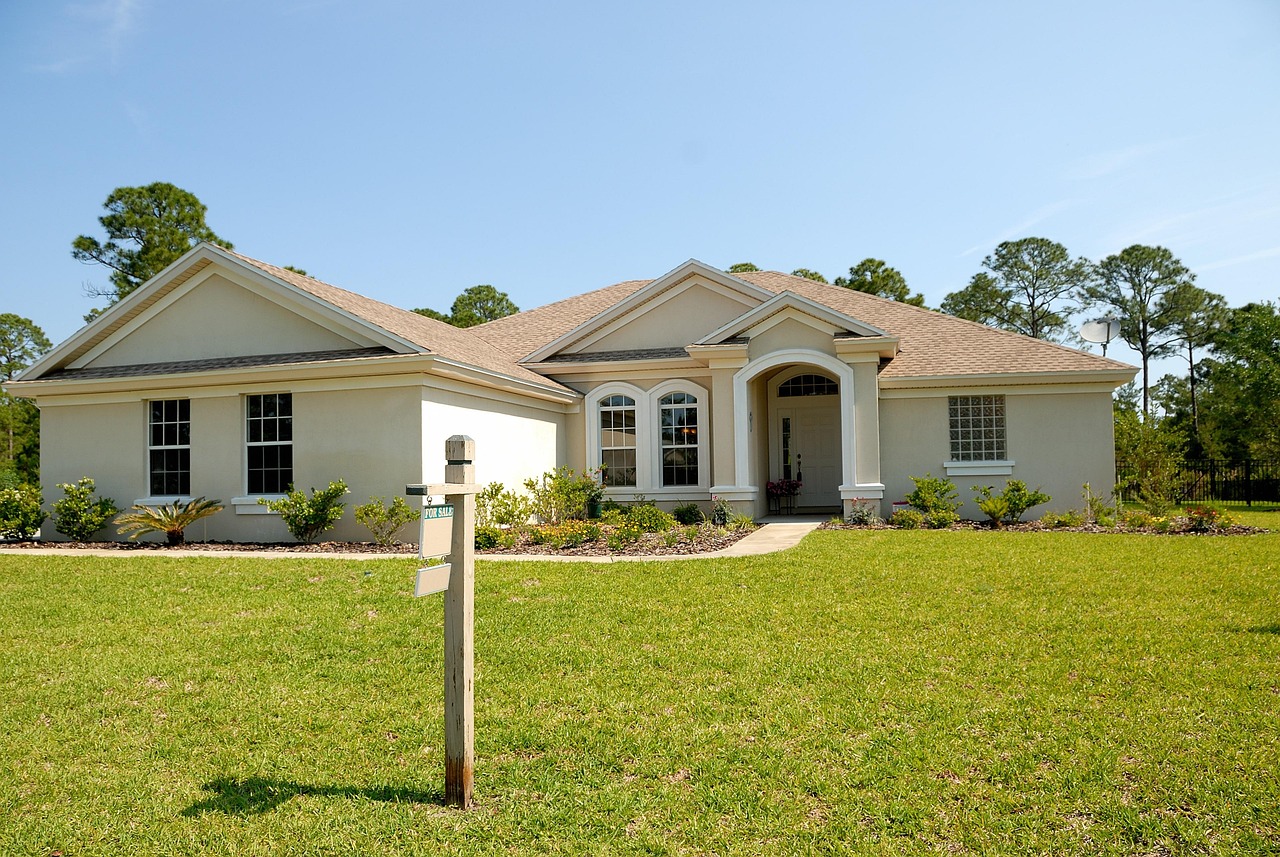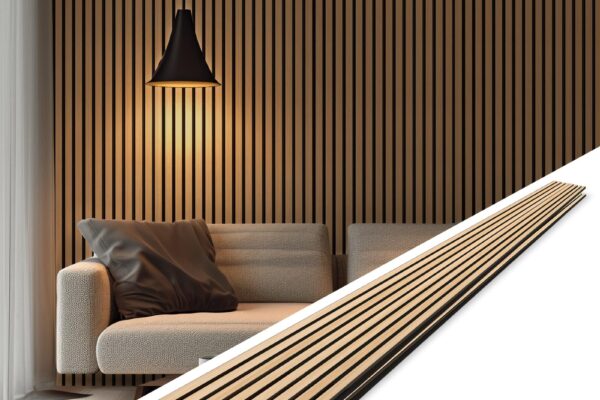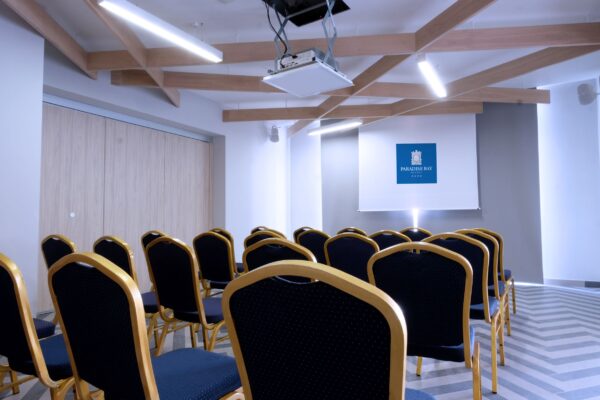A reverse mortgages BC offer homeowners aged 55 and older a way to access the equity built in their homes without having to sell or make monthly payments. It allows them to convert up to 55% of their home’s appraised value into tax-free cash while continuing to live in their property. This option can provide financial flexibility during retirement, especially for those facing rising living costs.
Many residents use reverse mortgages to pay off existing mortgages or cover daily expenses, helping maintain their quality of life without downsizing. Homeowners retain ownership of their home, and repayment is required only when they move, sell, or pass away.
Understanding the specifics of reverse mortgages is crucial for BC homeowners considering this option. It offers a practical financial tool but requires careful assessment of individual circumstances and future plans.
Reverse Mortgages in BC: Essential Information
Reverse mortgages in British Columbia provide homeowners with a way to access their home equity without selling. They involve specific qualifications, working mechanisms, diverse products, and distinct advantages and risks that must be carefully understood.
Eligibility Criteria for Reverse Mortgages
Homeowners must be at least 55 years old to qualify for a reverse mortgage in BC. The property must be their primary residence and located within British Columbia. The home should have a minimum market value set by the lender, which often varies by institution.
Applicants need to demonstrate sufficient home equity, typically a significant portion of the property’s value. Existing mortgages must be payed off first, either through the reverse mortgage or other funding. Some lenders might require a financial assessment to ensure the borrower can meet obligations like property taxes and maintenance.
How Reverse Mortgages Work in British Columbia
A reverse mortgage lets homeowners convert part of their home equity into cash, which is tax-free in BC. Borrowers do not make monthly payments on principal or interest while living in the home. The loan balance grows over time as interest accrues.
Repayment occurs when the homeowner sells the house, permanently moves out, or passes away. At that time, loan proceeds, interest, and fees must be repaid, usually from the sale of the property. Borrowers retain ownership and can continue living in their homes during the loan period.
Types of Reverse Mortgage Products Available
In BC, reverse mortgage products vary by lender but generally include lump-sum payments and line of credit options. Lump-sum payments offer a one-time cash amount, suitable for immediate expenses or debt repayment.
Lines of credit allow flexible withdrawals up to an approved limit, offering ongoing access to funds as needed. Some products may combine features or include tenure payments, which provide regular monthly income.
Lenders differ in maximum loan amounts, interest rates, and fees, so comparing terms is critical before choosing a product.
Key Benefits and Risks
Benefits include access to tax-free money without selling the home or making monthly payments. This can improve retirement cash flow and cover unexpected costs. Borrowers maintain home ownership and their ability to live in the house.
Risks involve the loan balance increasing over time, which reduces home equity and inheritance potential. If property taxes or maintenance are neglected, borrowers might face foreclosure. Also, reverse mortgages can have higher fees and interest rates than traditional loans.
Understanding terms, ongoing costs, and long-term impacts is essential before committing to this financial product.
Application Process and Considerations
Applying for a reverse mortgage in British Columbia involves clear steps, specific costs, and careful consideration of estate impacts. Understanding the process can help homeowners make informed choices about accessing home equity.
Step-by-Step Guide to Applying
The application starts with a detailed consultation with a qualified lender. The lender assesses eligibility, typically requiring the applicant to be 55 or older and own a primary residence in B.C.
Applicants must gather documentation such as proof of property ownership, income, and identification. The home is appraised to determine its current market value.
Once eligibility and home value are confirmed, the lender offers a loan proposal detailing the amount available, payment options, and terms. Borrowers usually have the option to receive funds as a lump sum, line of credit, or monthly payments.
Finally, legal documents are reviewed and signed, often with independent legal advice recommended to ensure full understanding of obligations before completing the process.
Costs and Fees Involved
Several fees are associated with reverse mortgages in B.C. Common costs include appraisal fees, legal fees, loan setup fees, and mortgage insurance premiums if applicable.
Interest accrues on the loan balance but payments are not required monthly; instead, interest compounds over time and is repaid when the house is sold or the borrower moves out.
Borrowers should be aware that total repayment amounts can increase significantly due to compounding interest. It is important to review all fees upfront to avoid surprises.
Some lenders may charge administration fees or early discharge fees if the loan is paid off early. Clear comparison of offers helps identify the most cost-effective solution.
Impact on Estate Planning and Inheritance
A reverse mortgage reduces the home’s equity, which affects what is left to heirs after the loan is repaid. It is crucial to factor this into estate planning decisions.
Heirs will need to repay the outstanding loan amount from the sale of the property or otherwise, which may reduce the inheritance significantly.
Homeowners should communicate their plans with family or potential heirs to set expectations. Legal advice can help clarify rights and responsibilities related to inheritance and repayment.
Careful planning ensures the loan does not unintentionally burden heirs or complicate estate administration.








